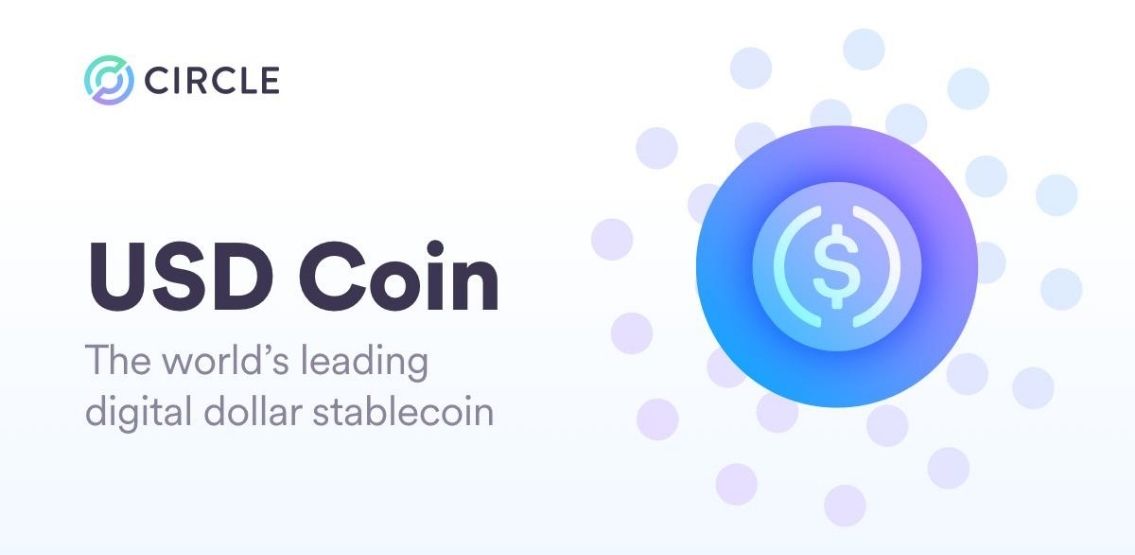Table of Contents
After announcing its plans to go public, Circle, the co-creator of the USDC stablecoin, has made another significant announcement, outlining its intention to become a full-reserve national commercial bank.
If the proposal is approved, the proposed digital currency bank will be operating directly under the supervision of the U.S. Treasury, The Federal Reserve, The Office of The Comptroller of the Currency, and the Federal Deposit Insurance Corporation.
The Announcement And S-4 Filing
Circle CEO Jeremy Allaire announced Circle’s plans through an official announcement stating,
“Circle intends to become a full-reserve national commercial bank, operating under the supervision and risk management requirements of the Federal Reserve, U.S. Treasury, OCC, and the FDIC. We believe that full-reserve banking, built on digital currency technology, can lead to not just a radically more efficient, but also a safer, more resilient financial system.”
Circle completed its S-4 filing with the SEC on the 6th of August and made the official announcement on the 9th of August. The company stated in its S-4 announcement,
“As part of our strategy to reduce our dependence on third parties, we may in the future consider pursuing a U.S. national bank charter or evaluate the acquisition of a national bank. This would allow us to access the Federal Reserve System directly, reducing the costs and time for settling transactions. If we were to acquire a national bank, the acquisition would be subject to approval from the Board of Governors of the Federal Reserve System (the “Federal Reserve”) and the Office of the Comptroller of the Currency (the “OCC”) under the Bank Holding Company Act and the National Bank Act, respectively.”
Circle As A Bank
If Circle does indeed become a bank, it would be subject to government oversight and more stringent rules and regulations. Currently, Circle only abides by money transmission regulations. However, functioning as a full reserve bank, Circle will be subject to the oversight of four government entities, namely the Federal Reserve, the U.S. Treasury, The Office of the Comptroller of the Currency (OCC), and the Federal Deposit Insurance Corporation (FDIC).
Circle would also be required to publish details about its reserves, far more detailed than the current voluntary details that it publishes at present. Circle made this announcement just a month after it announced that it would be going public on the New York Stock Exchange. CEO Jeremy Allaire had these comments on Circle’s plans.
“In the coming years, we anticipate that USDC will grow into hundreds of billions of dollars in circulation, continue to support trillions of dollars in low-friction, high-trust economic activity, and become widely used in financial services and internet commerce applications. Establishing national regulatory standards for dollar digital currencies is crucial to enabling the potential of digital currencies in the real economy, including standards for reserve management and composition.”
The Second-Largest Stablecoin
Along with Coinbase, Circle manages over $2.75 Billion in USDC, which is the second-largest stablecoin behind Tether. The USDC tokens are backed by an equal amount of cash and other US Dollar-denominated assets such as bonds. Circle would not be the first crypto-native bank, with Anchorage and Paxos having already received conditional approval of the OCC national bank trust charter. Kraken and Avanti are also recognized under Wyoming state law.
Disclaimer: This article is provided for informational purposes only. It is not offered or intended to be used as legal, tax, investment, financial, or other advice.
Investment Disclaimer













